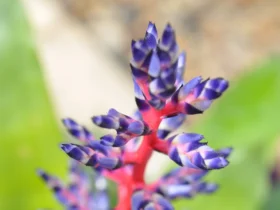Violets, with their delicate blooms and enchanting fragrance, have long been beloved for their beauty and symbolism. These charming flowers are a true delight to behold, with their vibrant hues and captivating forms. In this article, we will explore the world of violet flowers, delving into their appearance, cultural significance, and the emotions they evoke.
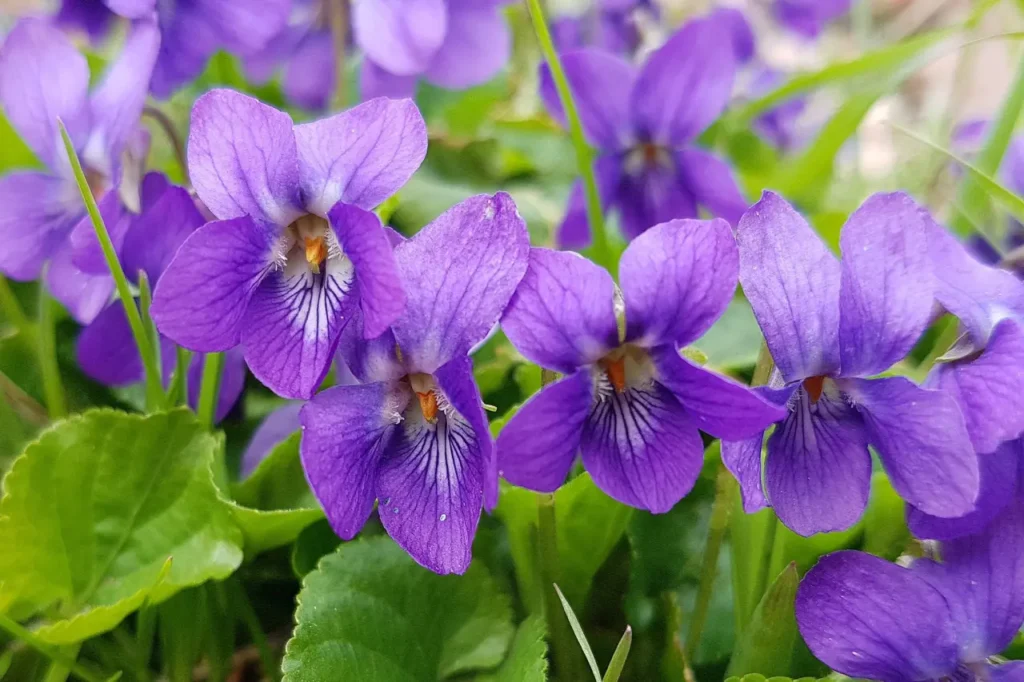
Appearance and Varieties
Violet flowers belong to the Viola genus, which encompasses hundreds of species and cultivars. They are characterized by their five-petaled blossoms, often with a slightly irregular shape, and come in a wide array of colors. While the name “violet” is typically associated with shades of purple, violet flowers can also be found in hues of blue, white, yellow, and even pink. Some popular violet varieties include the Viola odorata (Sweet Violet), Viola tricolor (Johnny Jump-Up), and Viola sororia (Common Blue Violet).
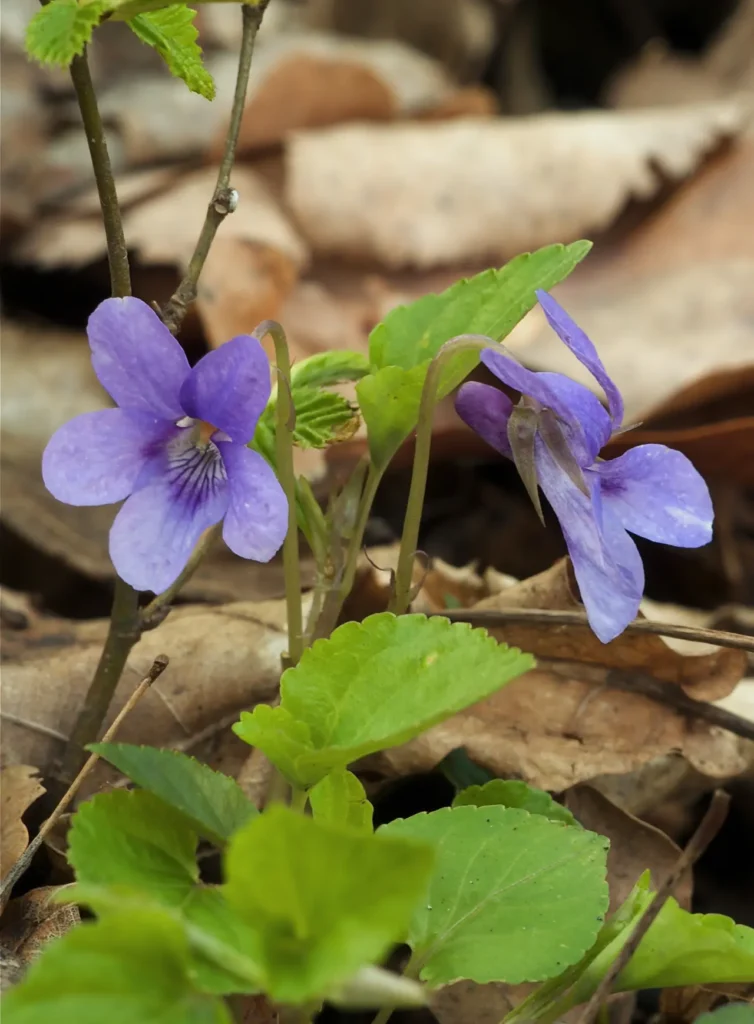
Symbolism and Meaning
Throughout history, violets have held symbolic meanings in various cultures and traditions. They are often associated with modesty, humility, and faithfulness. In Victorian-era floriography (the language of flowers), violets represented delicate emotions and were used to convey messages of love, loyalty, and remembrance. In some folklore and mythology, violets were linked to notions of enchantment and romance, further enhancing their allure.
Cultural Significance
Violets have found their place in literature, art, and even religious symbolism. In William Shakespeare’s play “Hamlet,” the character Ophelia famously distributes violets and speaks of their symbolic significance. In Christianity, violets are associated with humility and are often used in religious ceremonies, particularly during the Lenten season. Additionally, violets have been used in traditional medicine and herbal remedies due to their perceived healing properties.
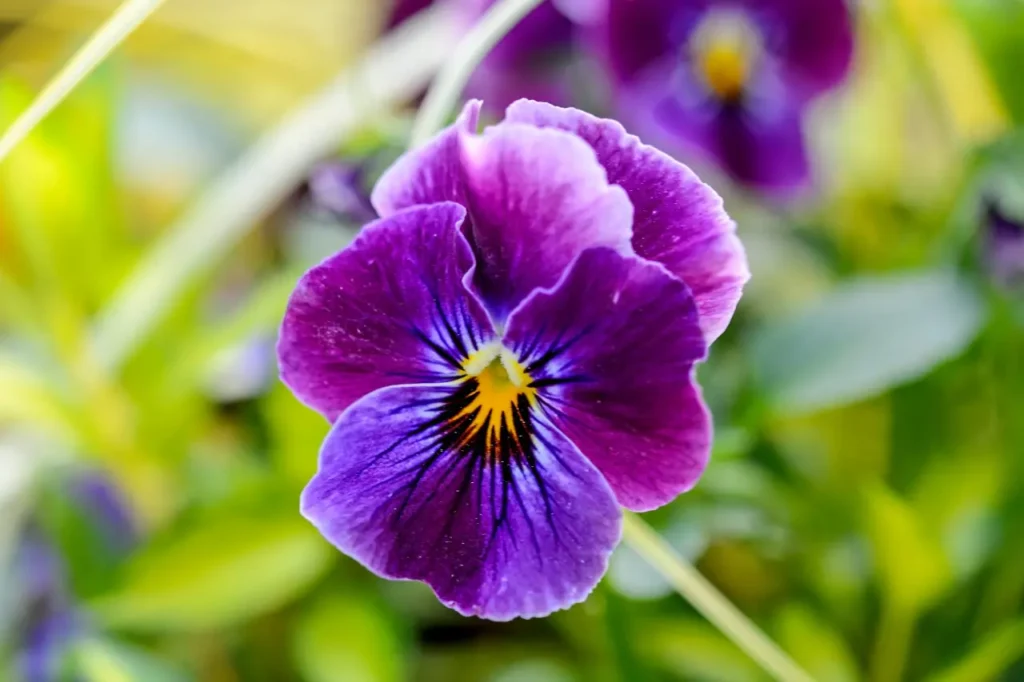
Gardening and Care
Violets are versatile and can be grown in both garden beds and containers, making them a popular choice for home gardeners. They prefer well-drained soil and partial shade, although specific care requirements may vary depending on the species or cultivar. Regular watering and occasional fertilization can help promote healthy growth and abundant blooms. Violets are known for their ability to self-seed, so they can gradually naturalize in a garden, creating beautiful carpets of color.
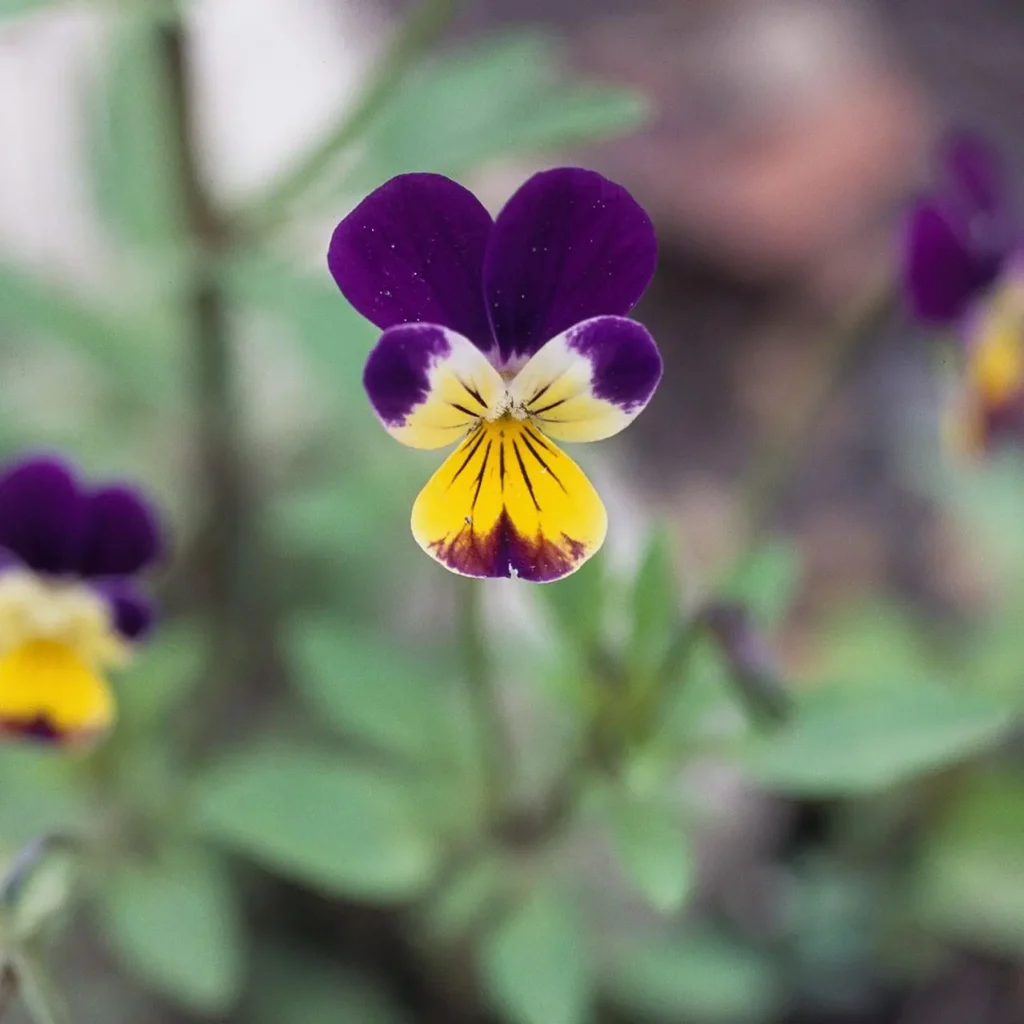
Emotional and Aesthetic Appeal
Violet flowers have an undeniable charm that evokes a range of emotions. Their soft, soothing colors can inspire feelings of calmness, tranquility, and introspection. Their sweet fragrance adds an extra layer of sensory pleasure, enhancing the overall experience. Violets are often used in floral arrangements and bouquets, adding a touch of elegance and ethereal beauty to any setting.
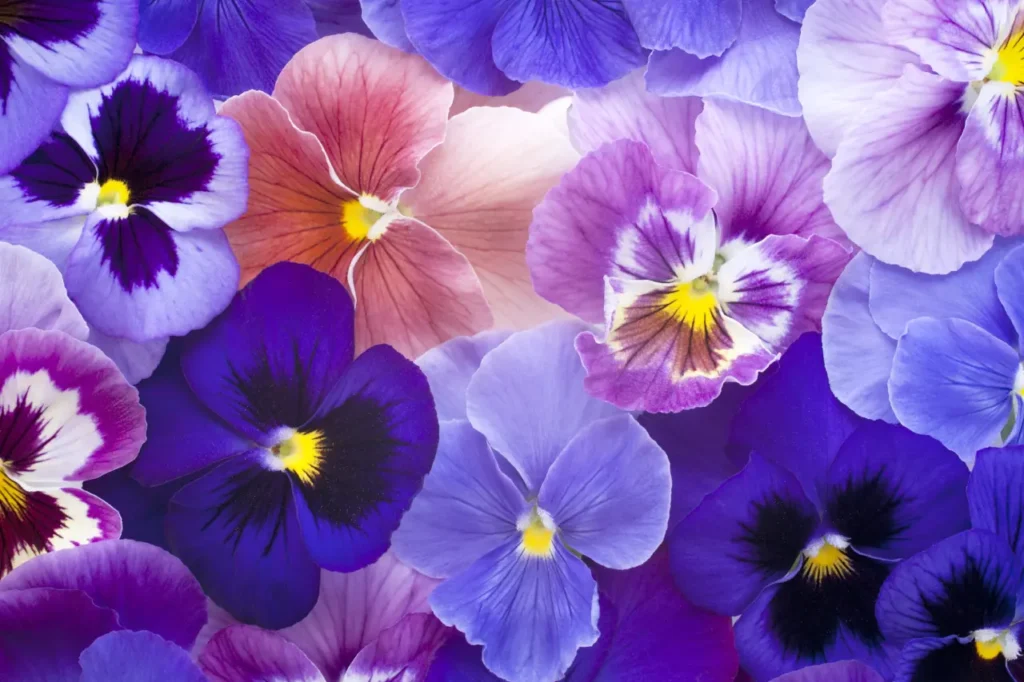
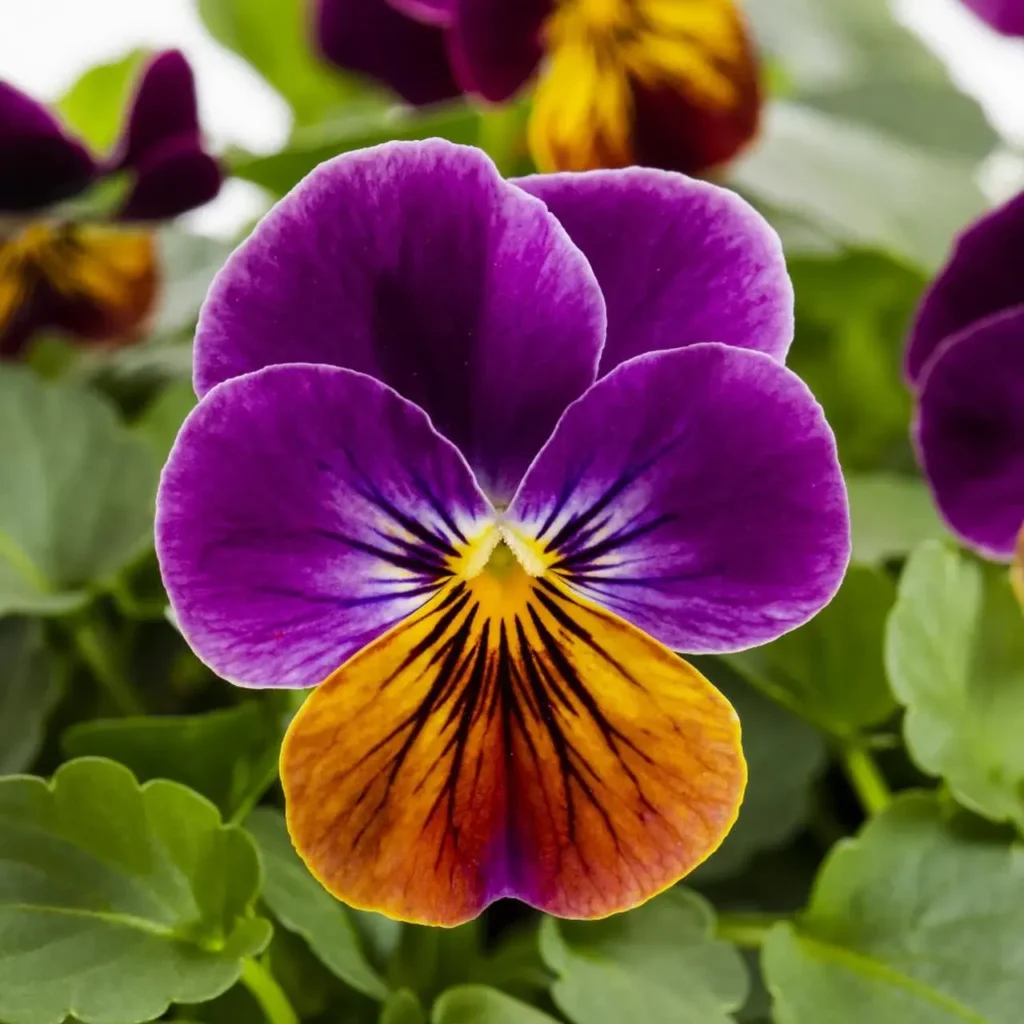
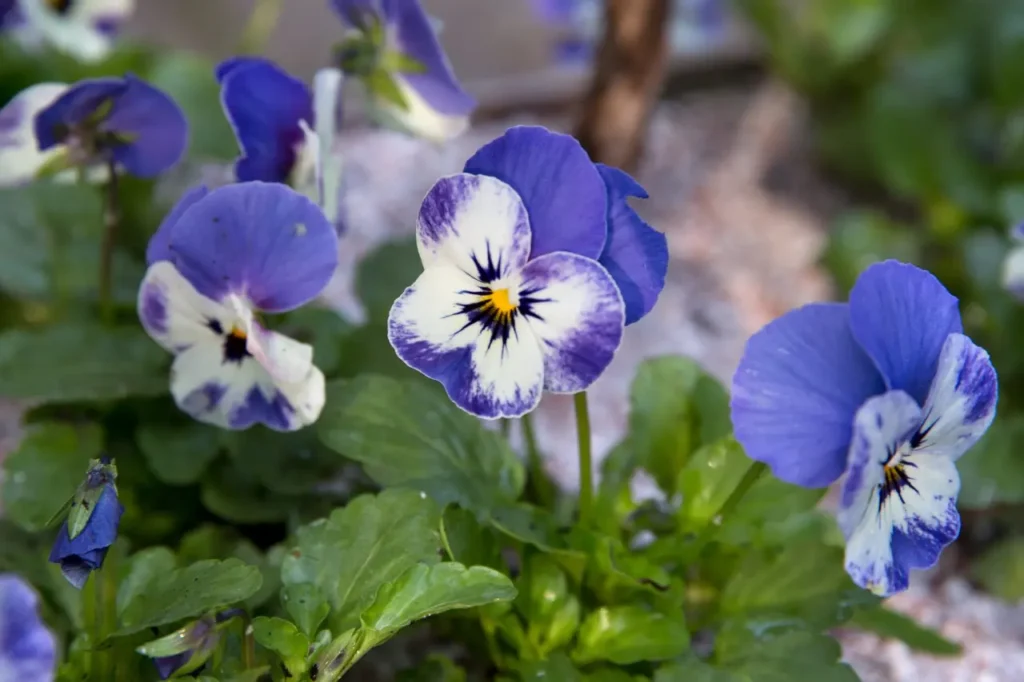
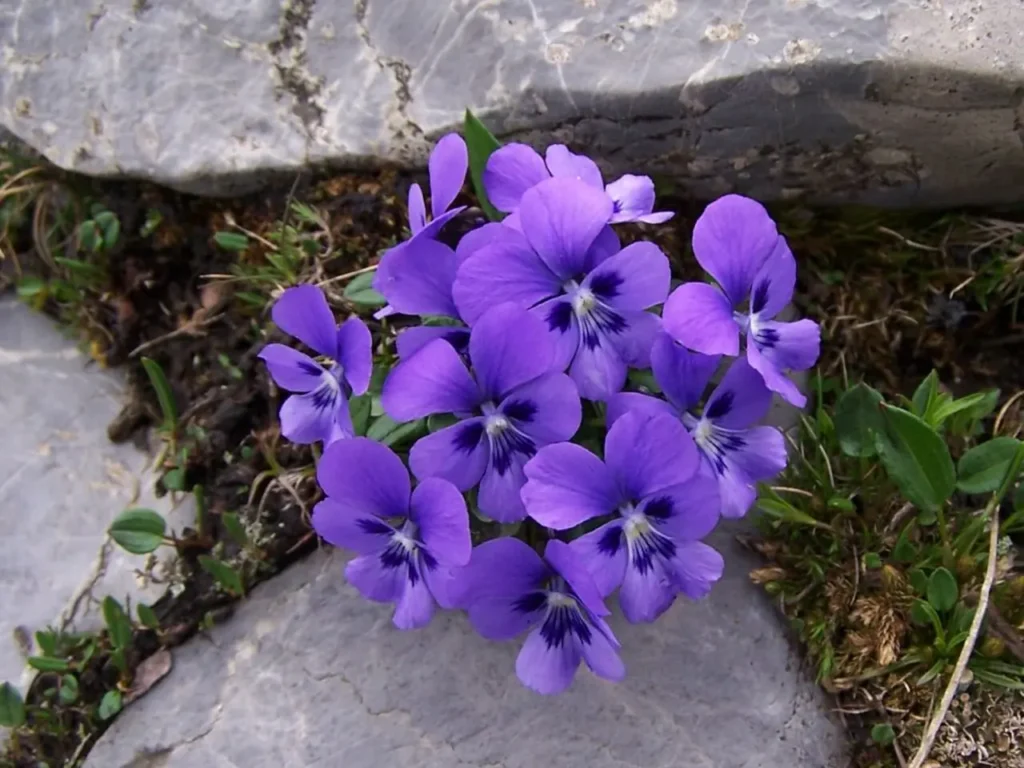
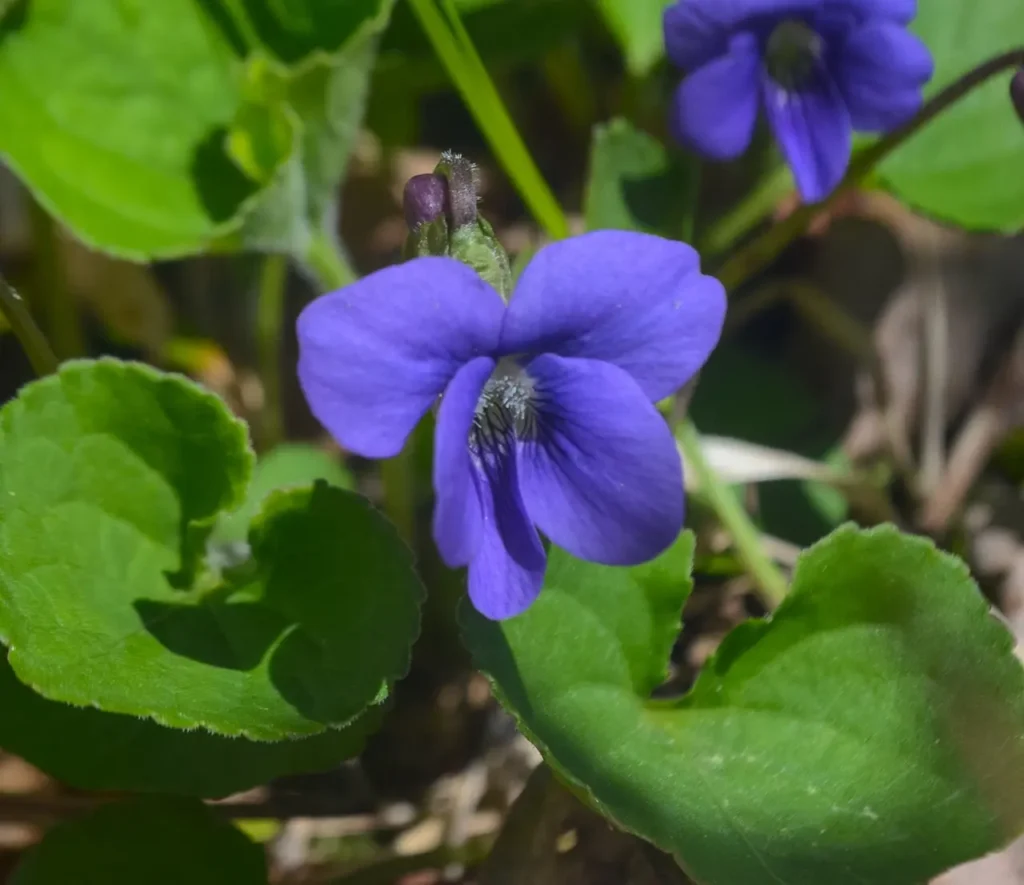
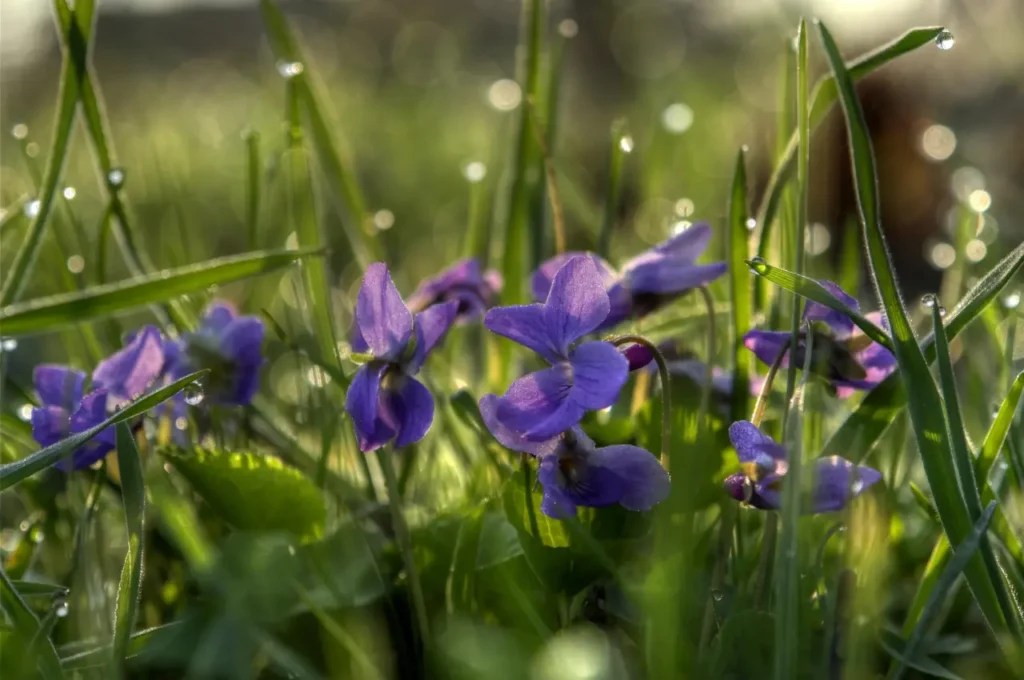
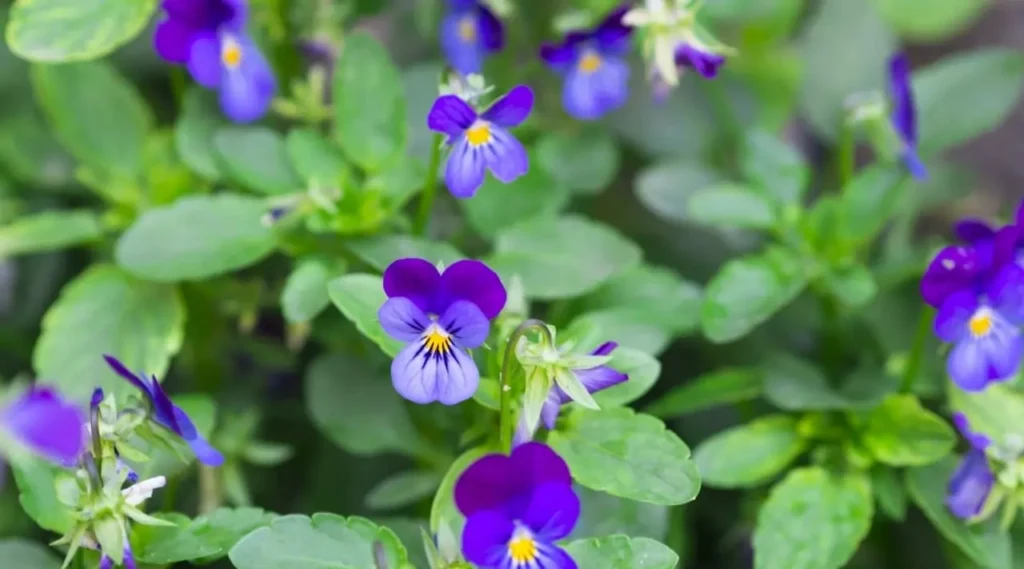
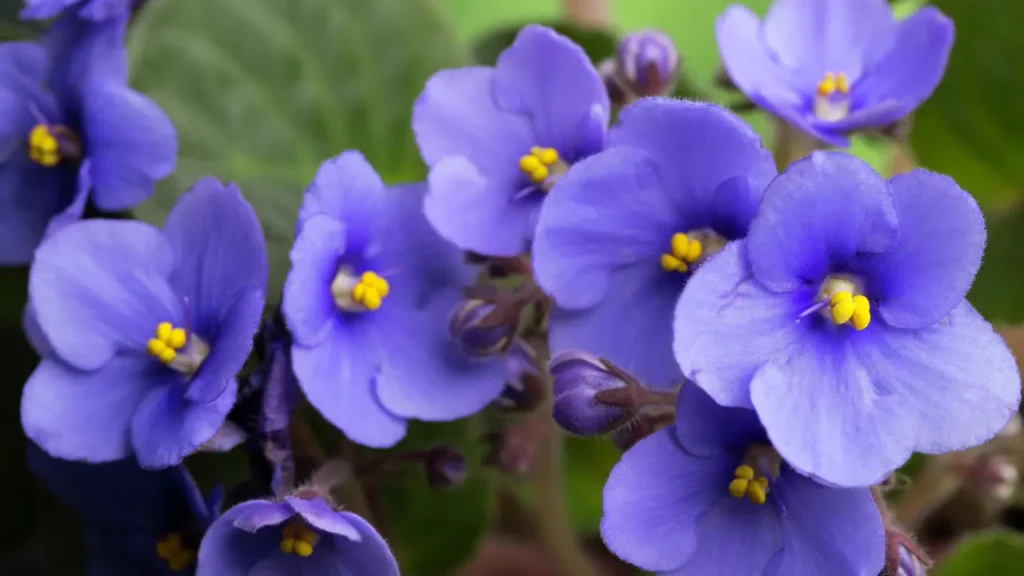
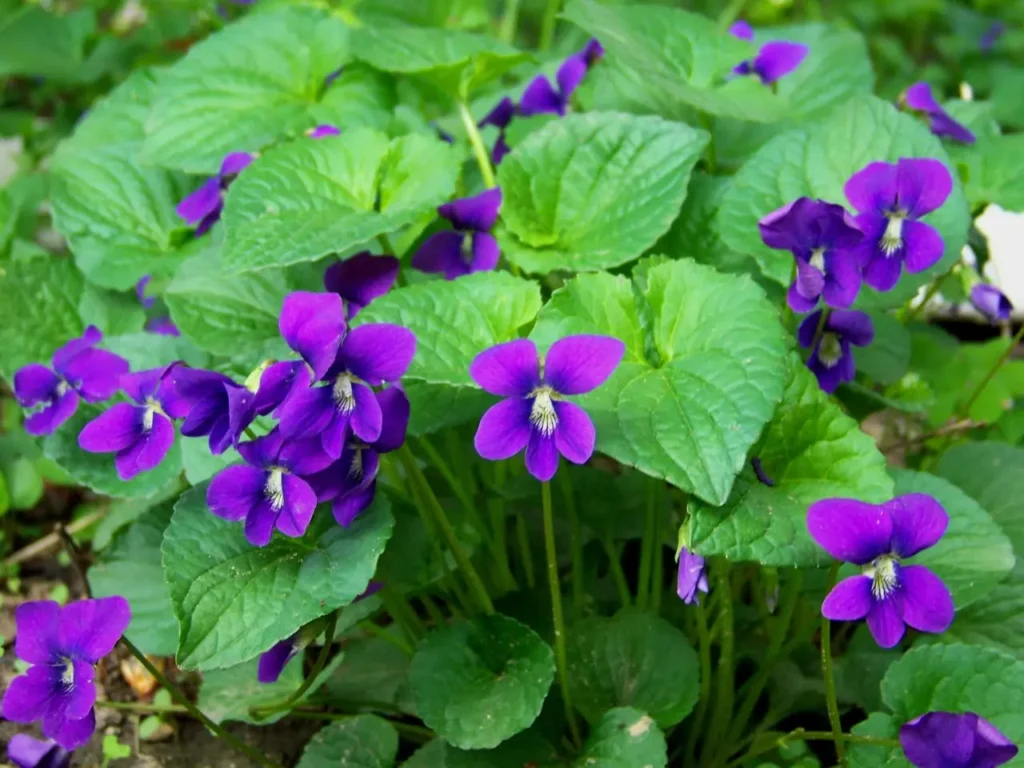
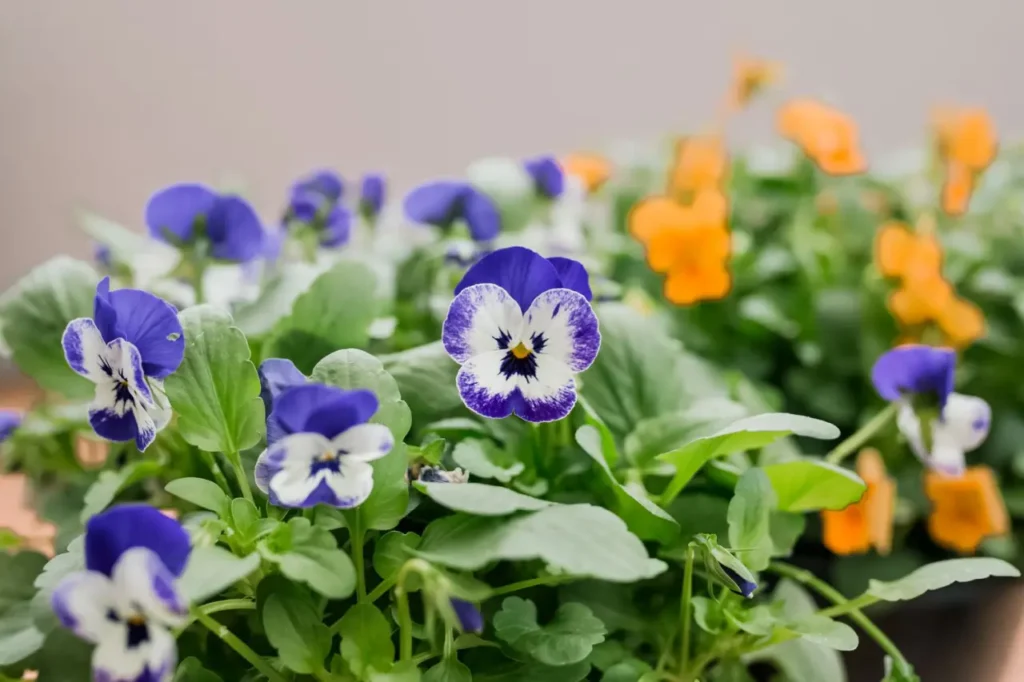
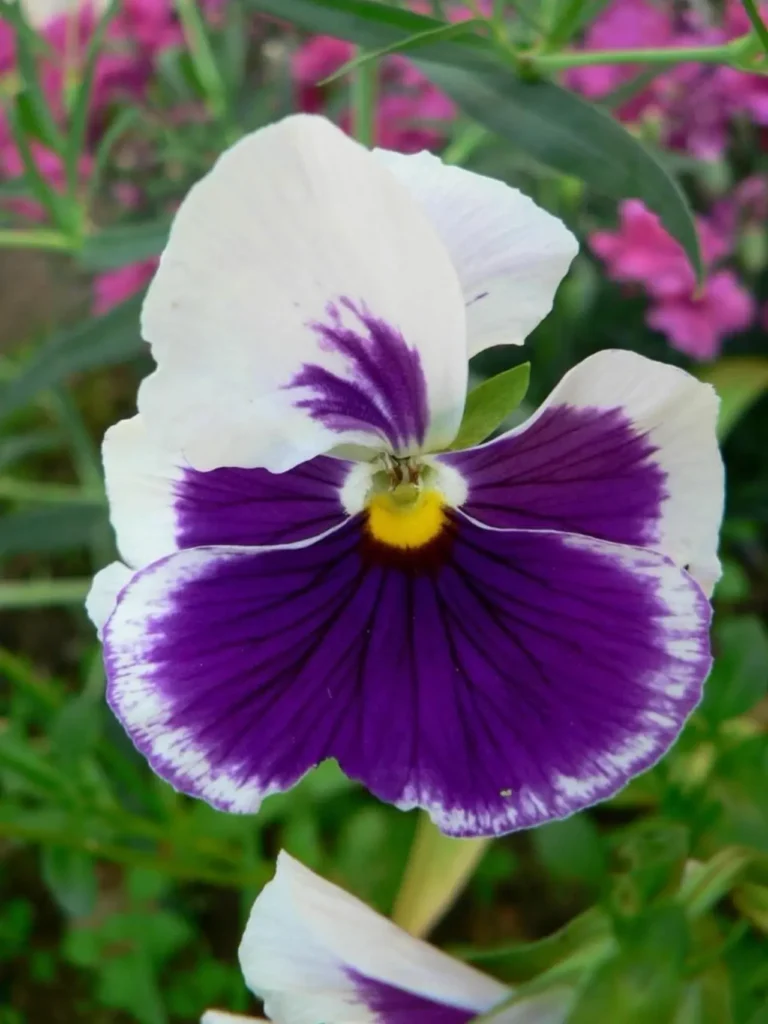
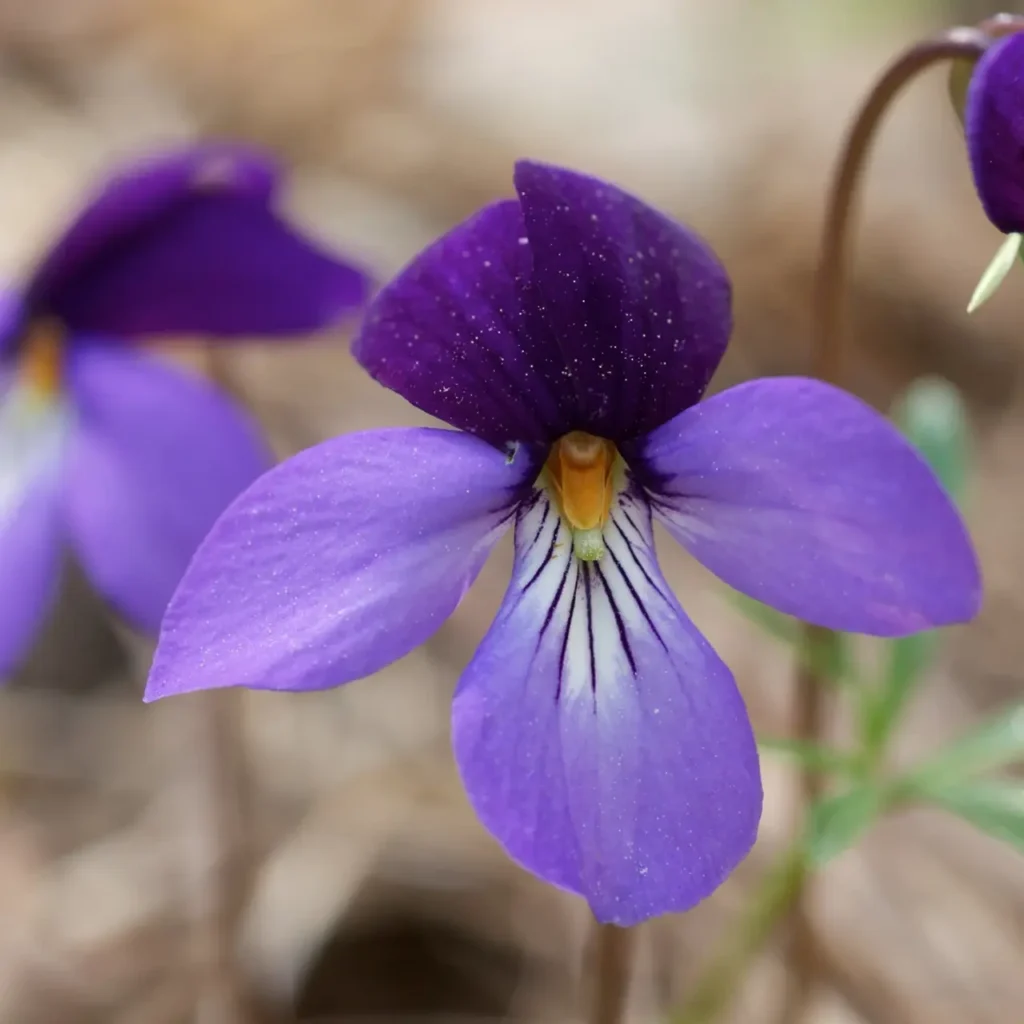
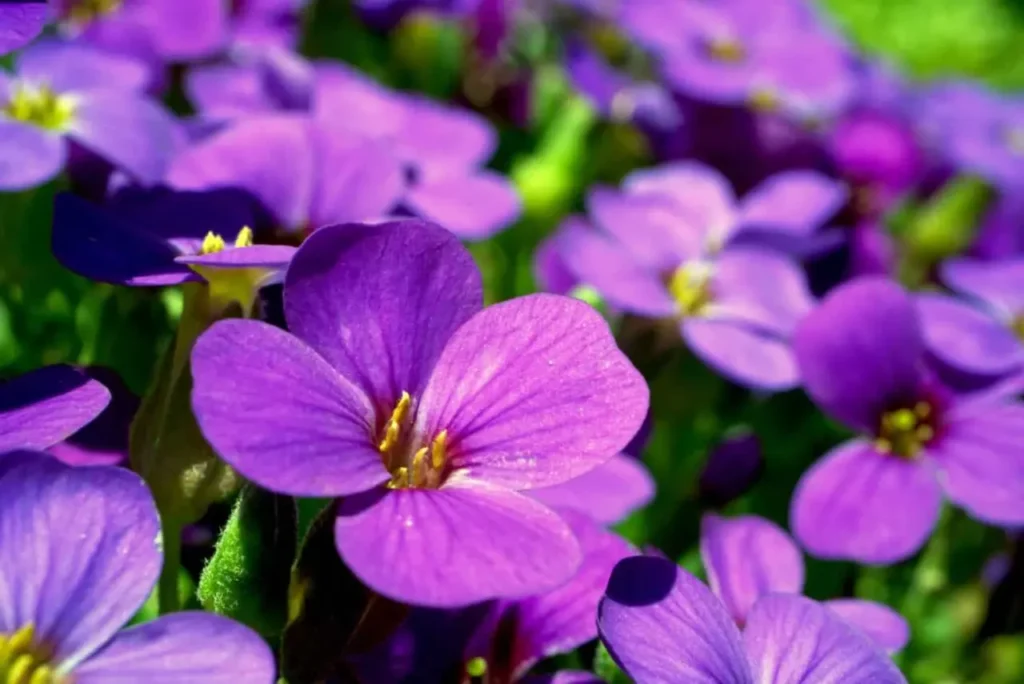
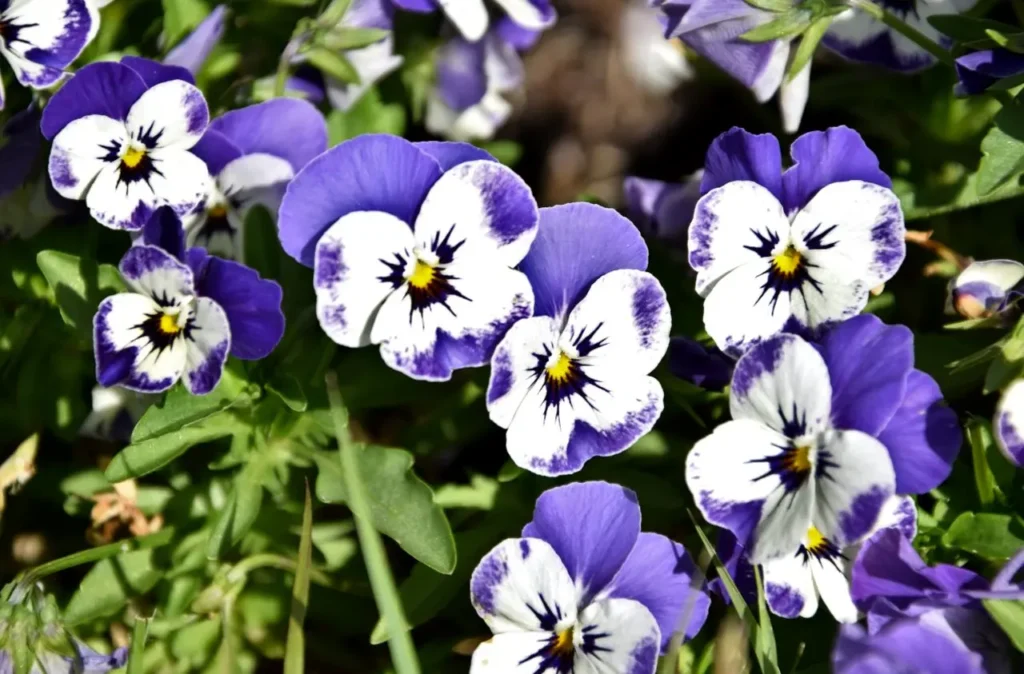
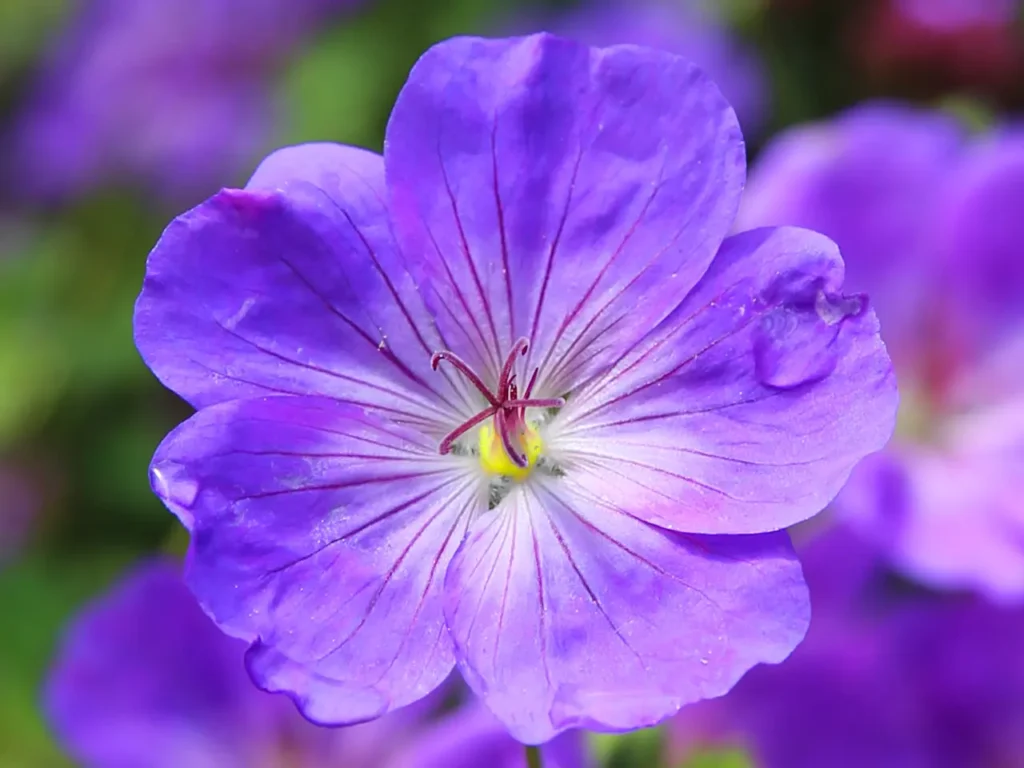
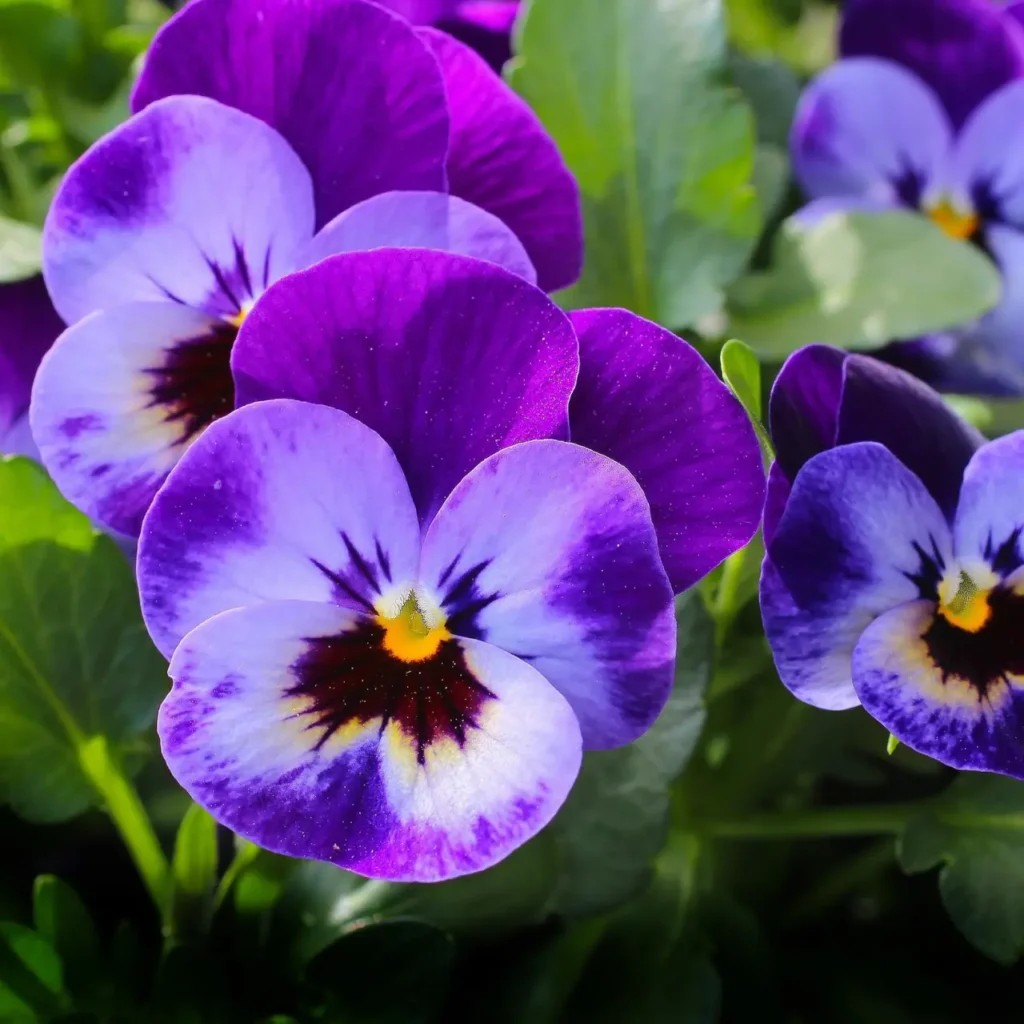
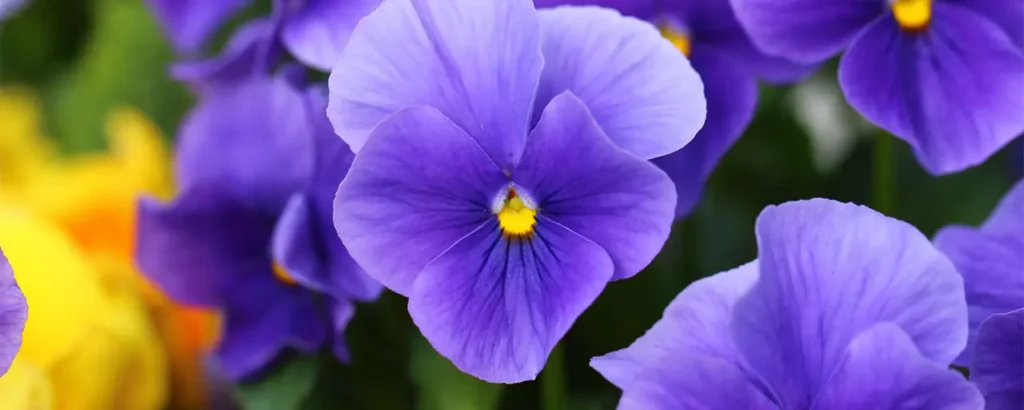
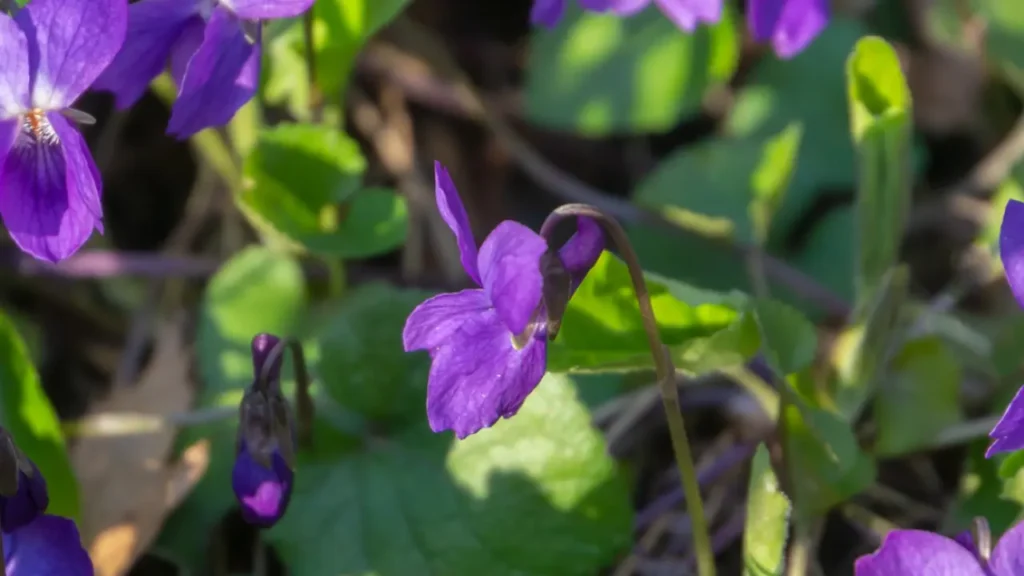
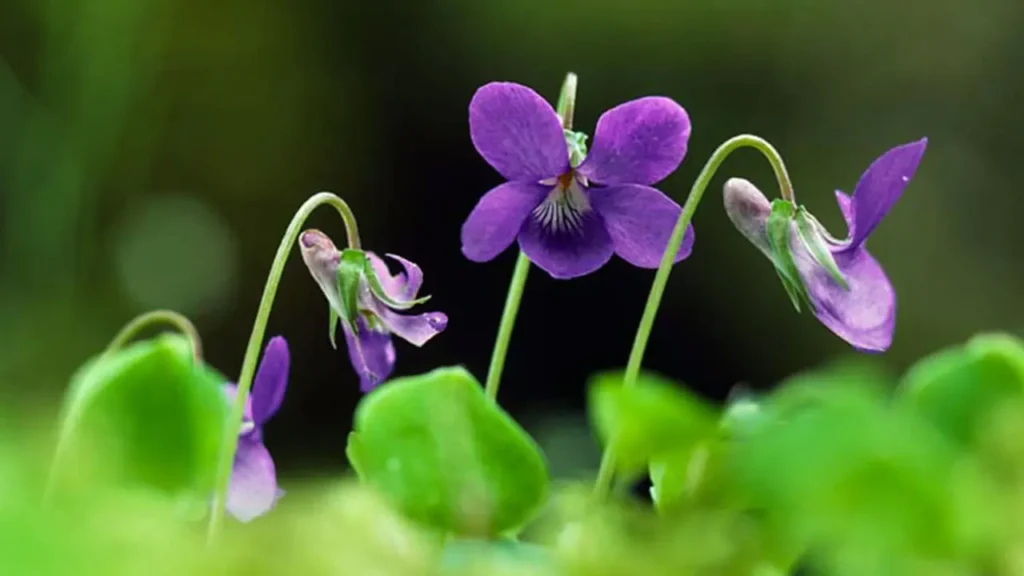
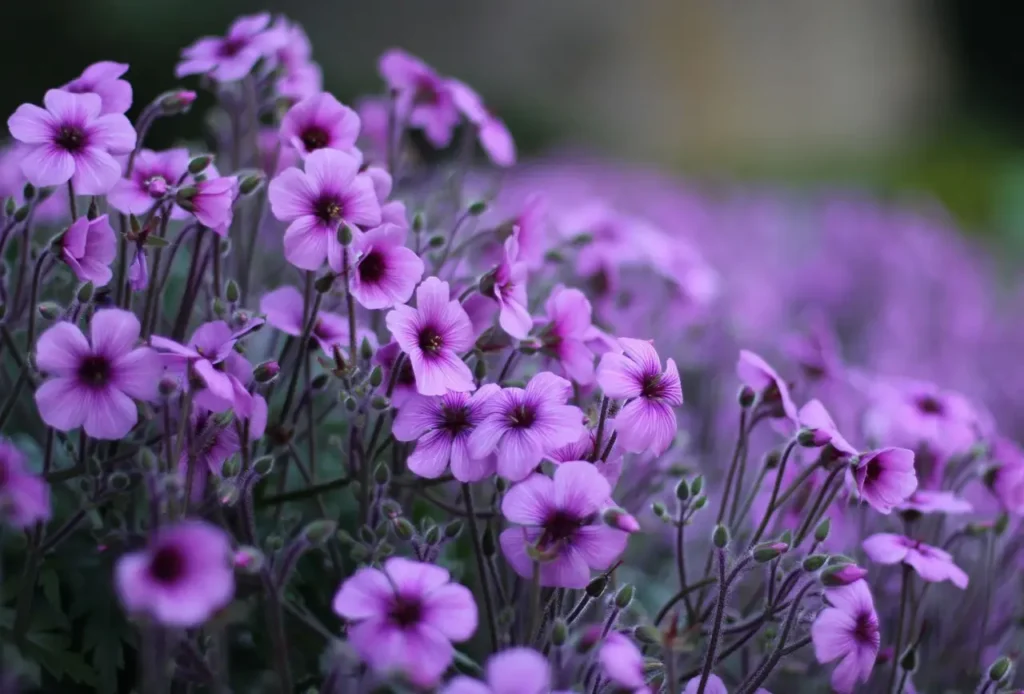
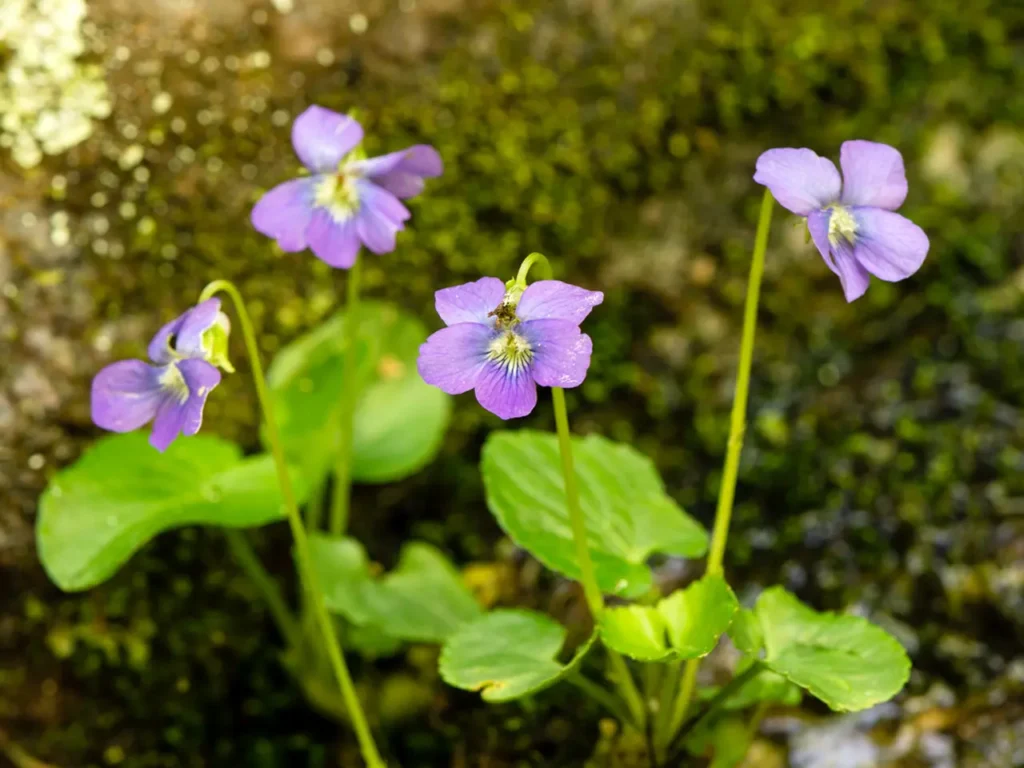
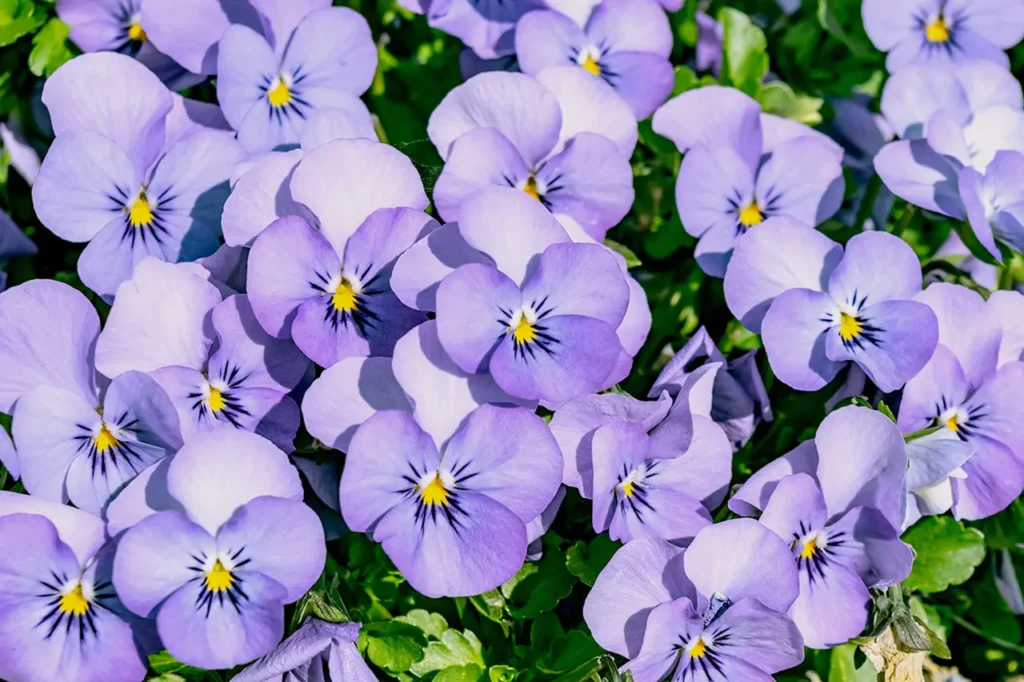
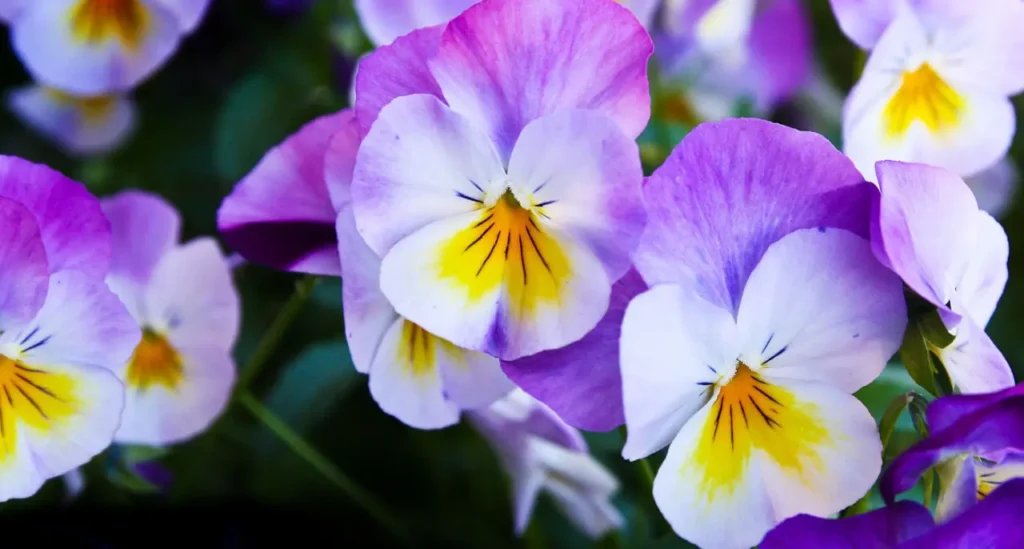
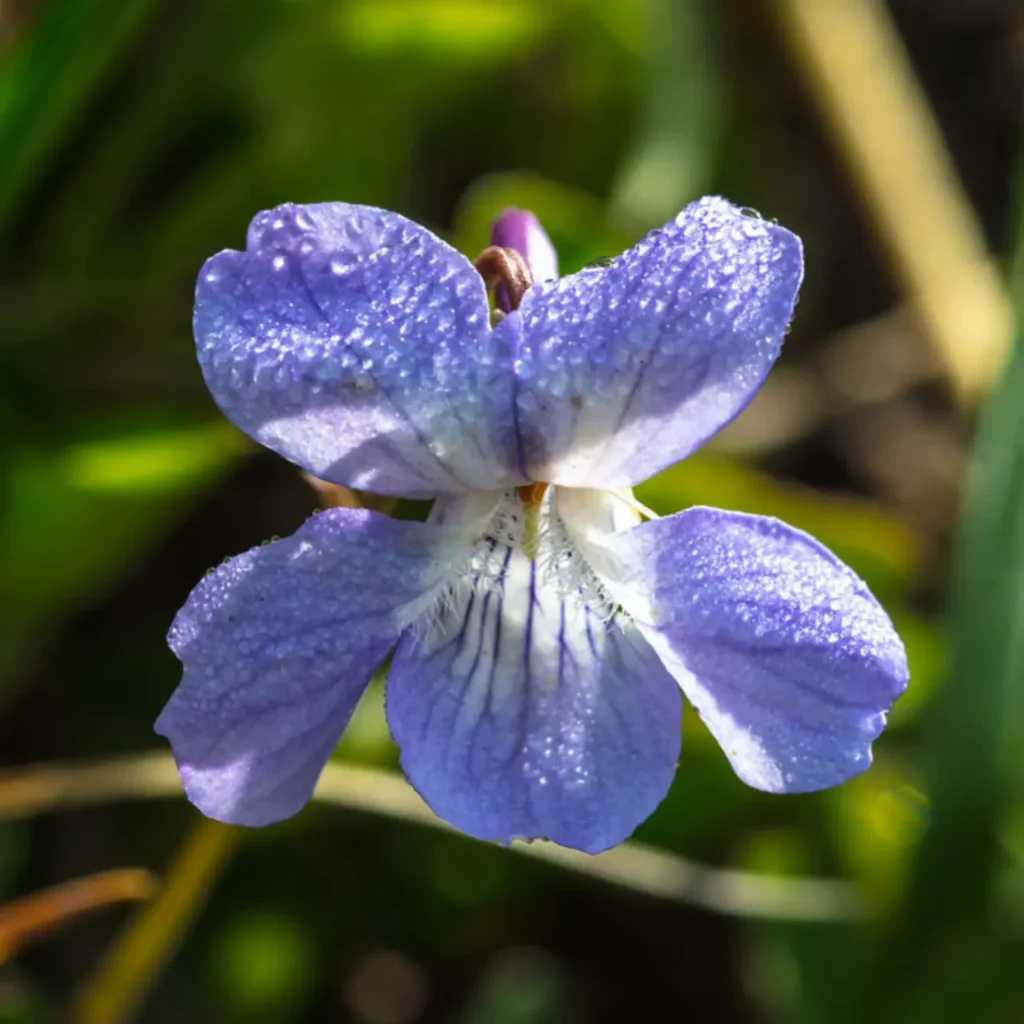
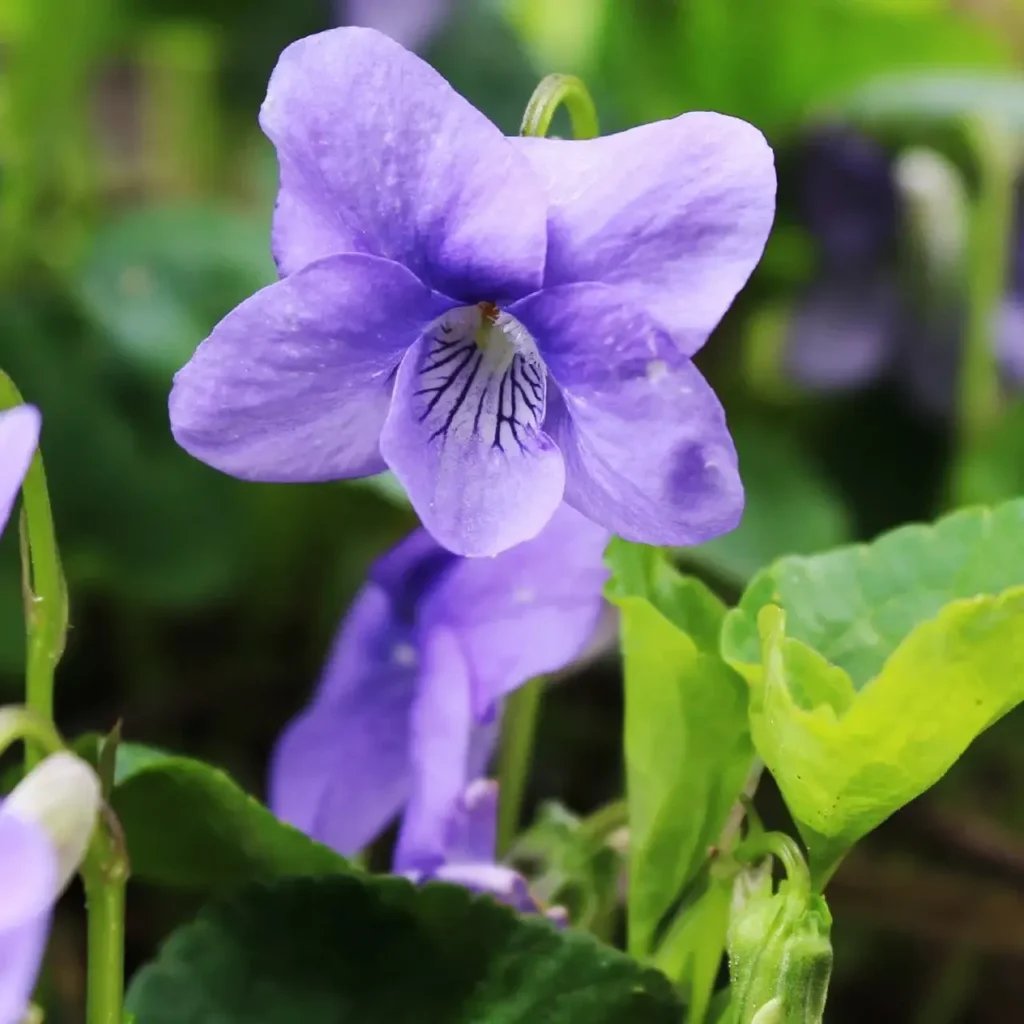
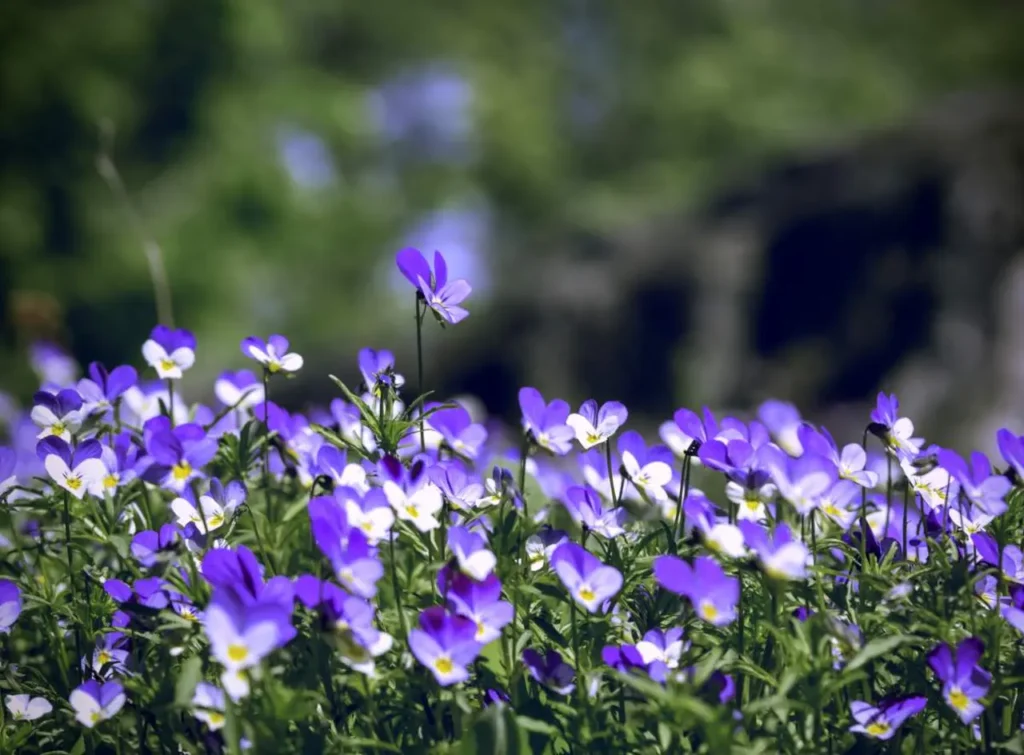
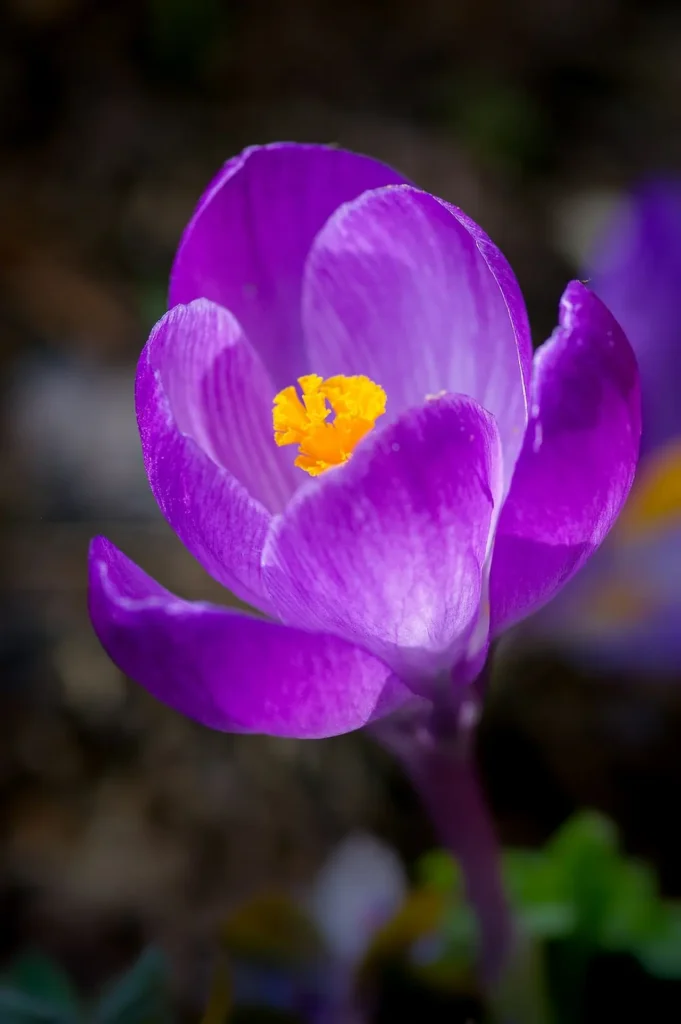
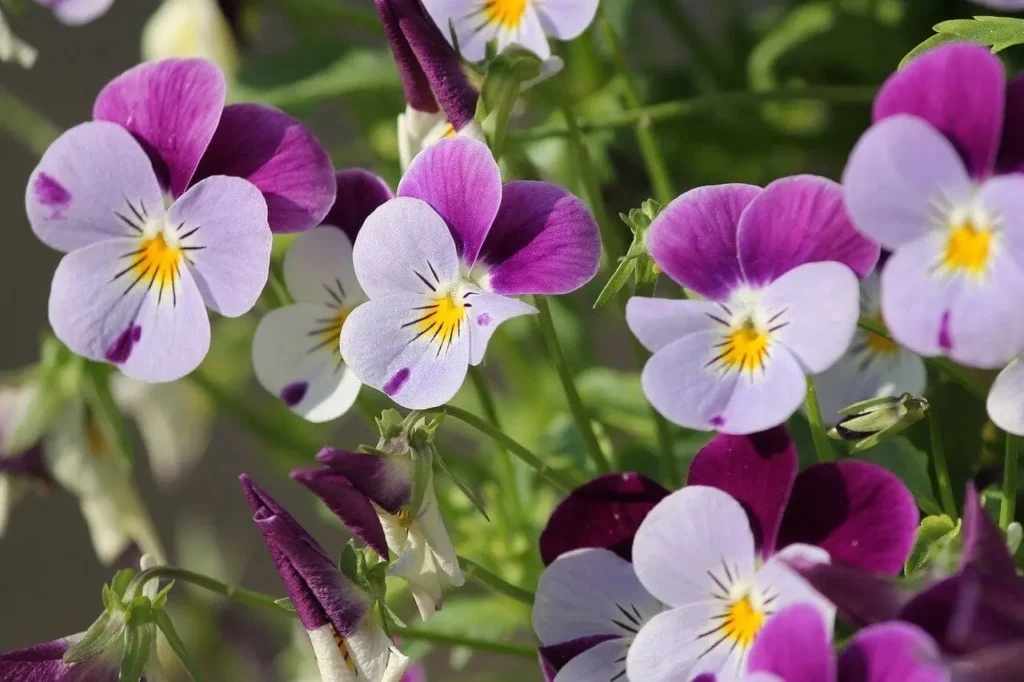
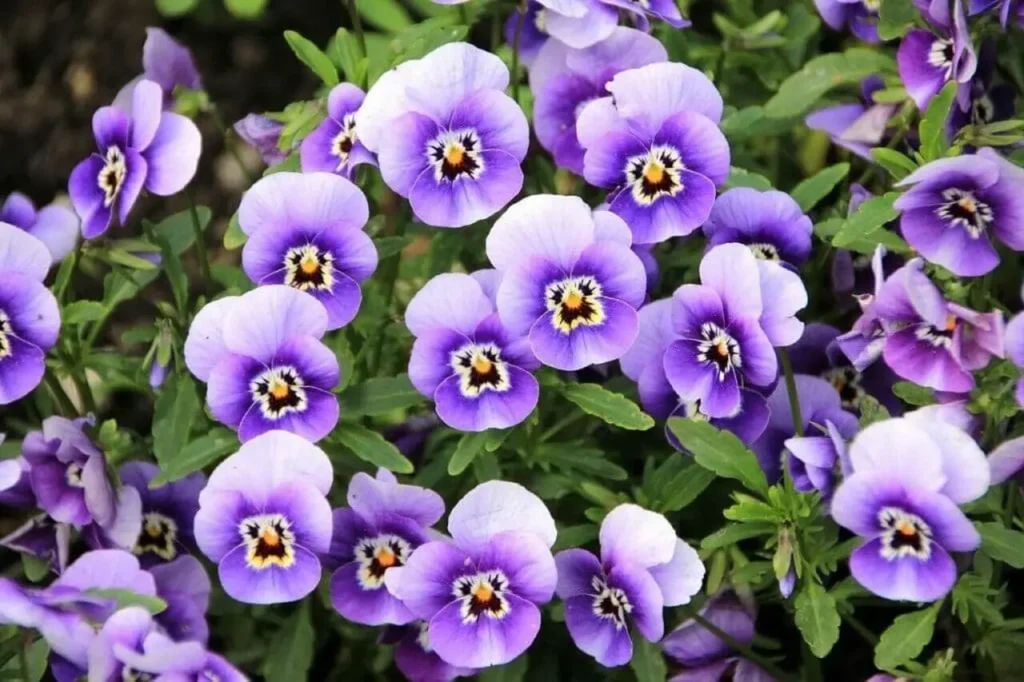
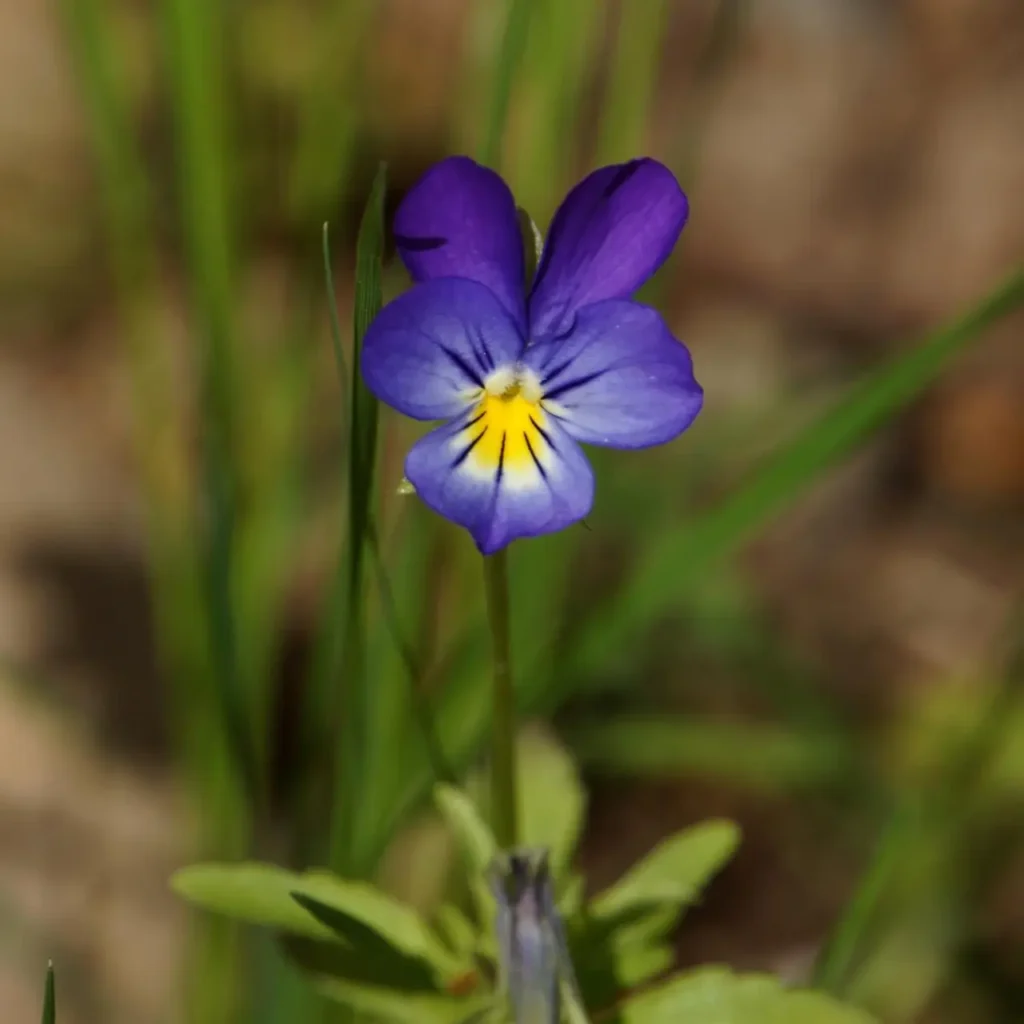
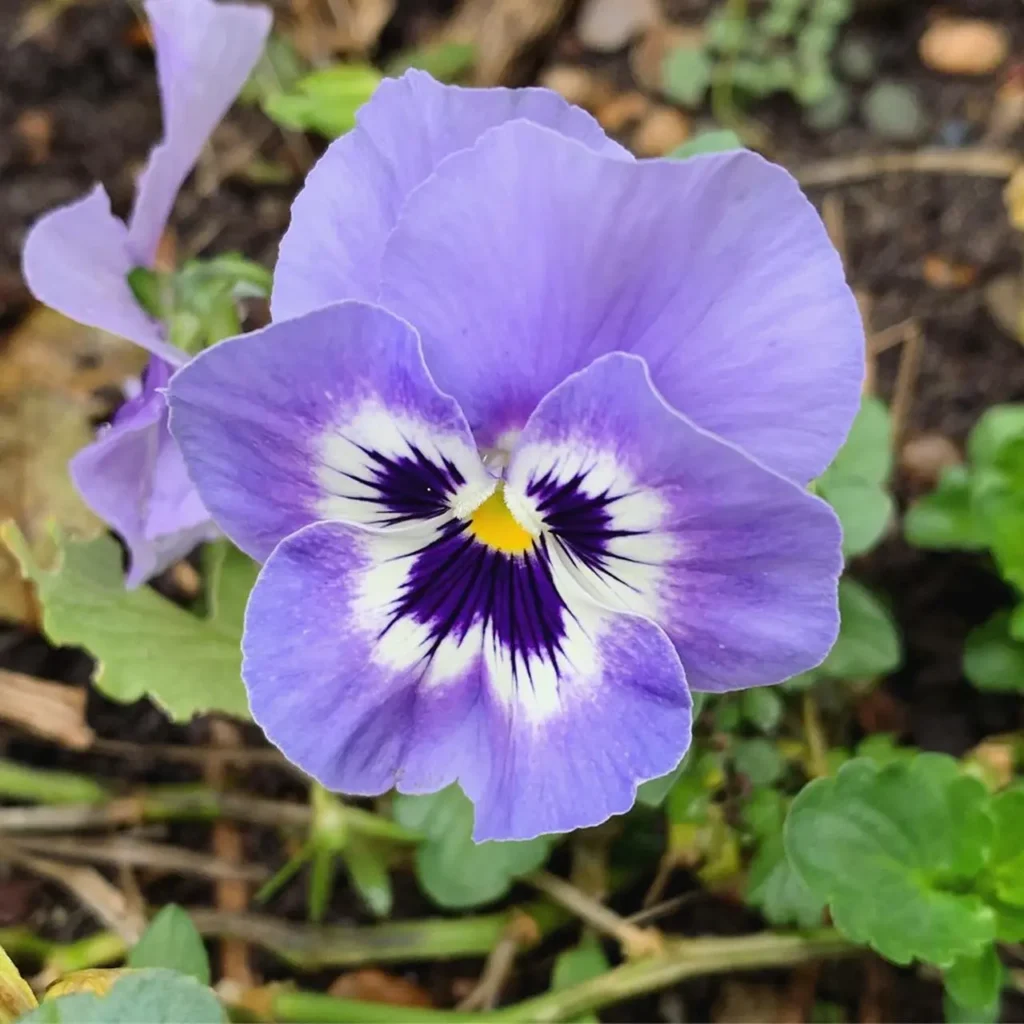
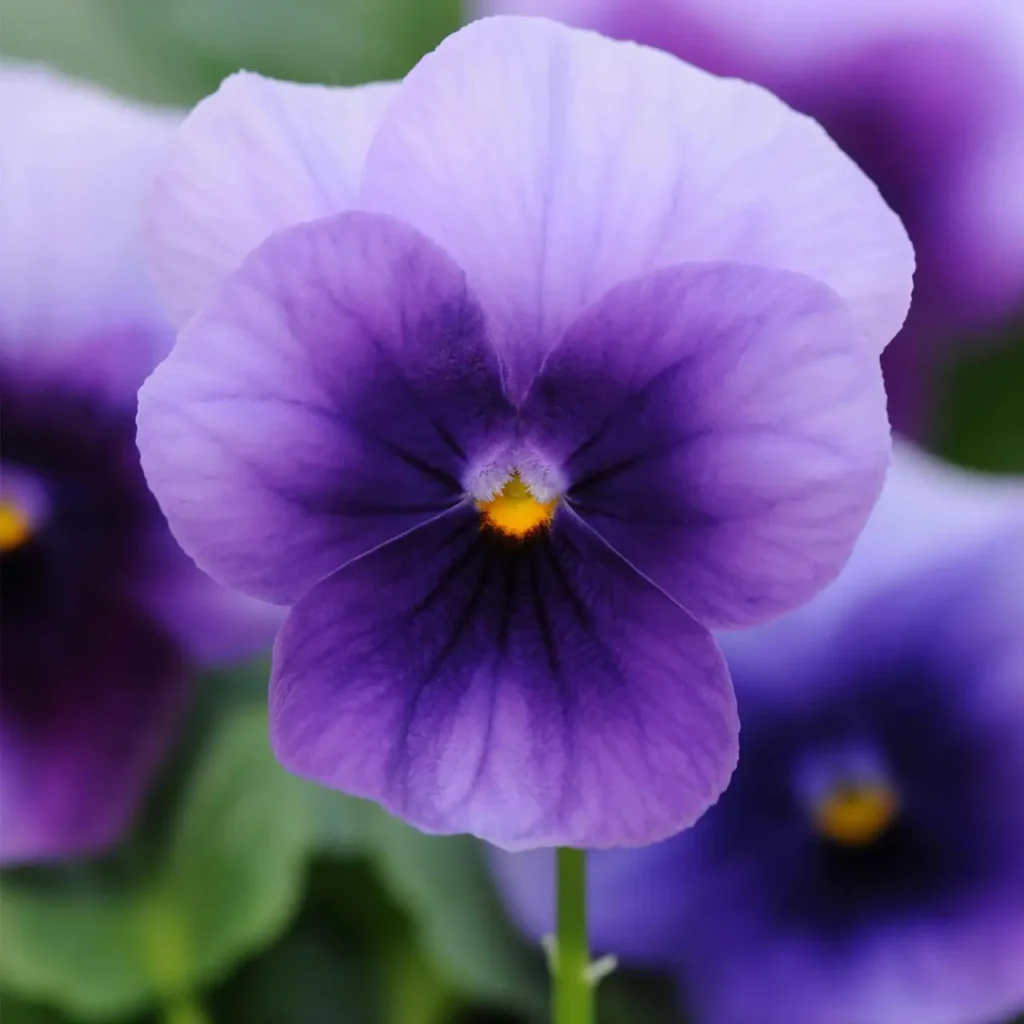
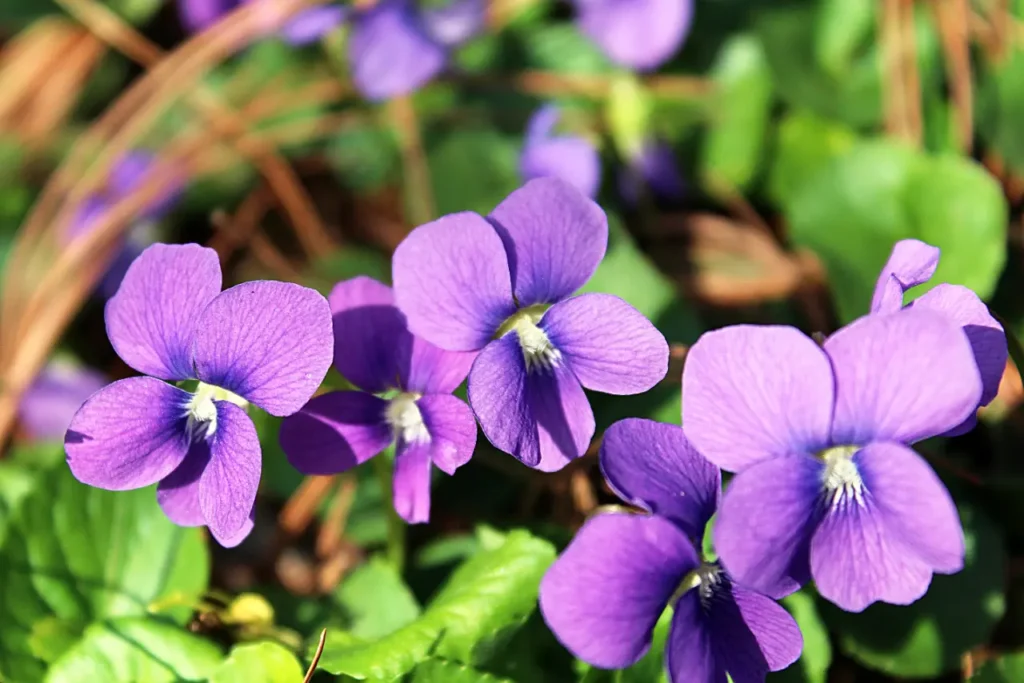
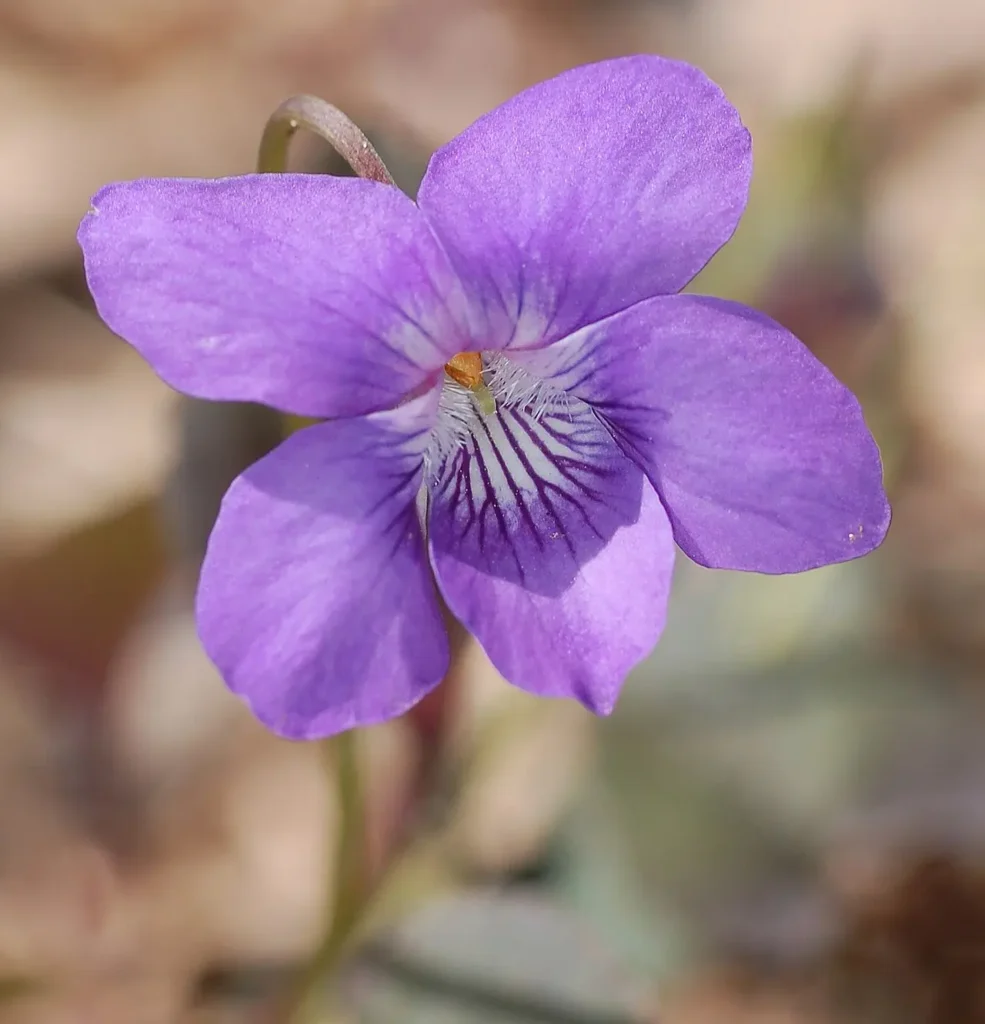
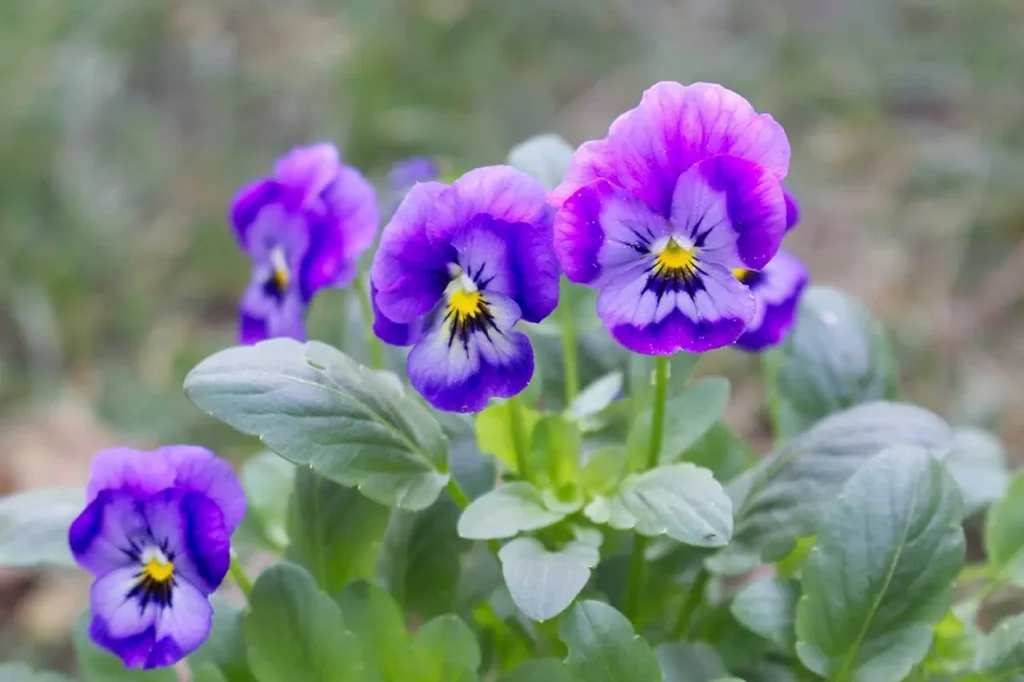
Violet flowers, with their delicate petals and rich symbolism, have captured the hearts of many throughout history. Their wide range of colors, cultural significance, and emotional appeal make them a beloved choice in gardens, literature, and art. Whether admired for their beauty, appreciated for their symbolic meanings, or enjoyed for their sweet fragrance, violets continue to be treasured and celebrated as a timeless floral gem.
